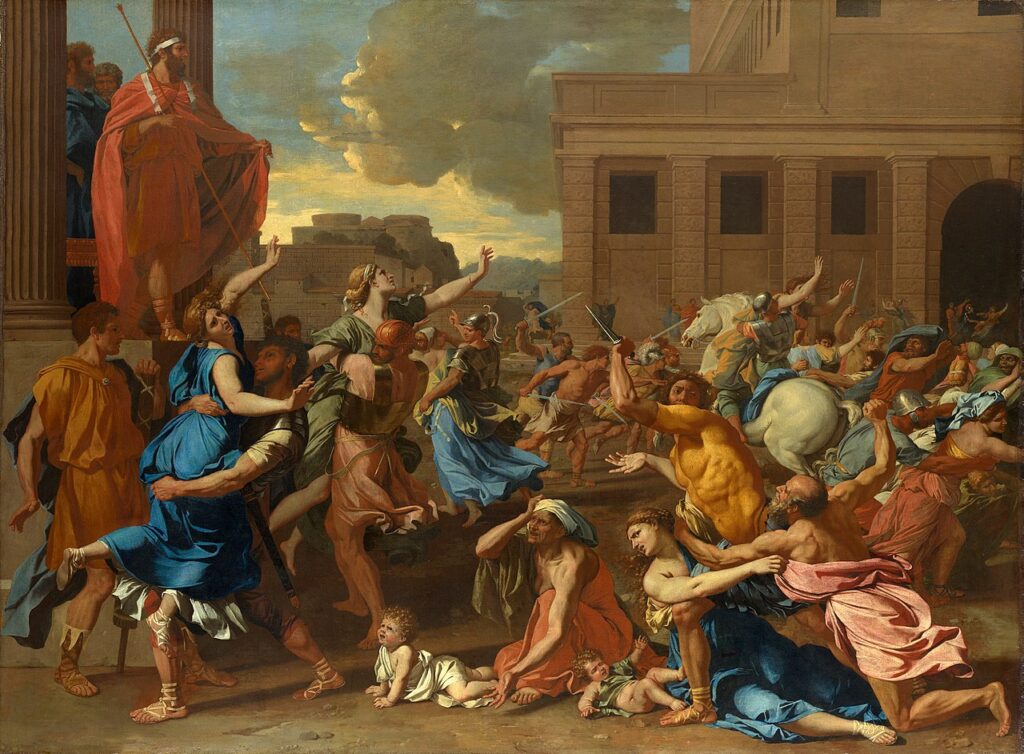Art became popular under the influence of religion. Many art forms and techniques were introduced to primarily spread religion and restore faith. Baroque art flourished in 17th century Europe as a reaction to the fading glory of religion among people. It was used as an instrument for bringing back the piety and awe of the church. It aimed to bring art closer to people through its subjects and techniques.
Baroque art is known for its grandeur and opulence, which is evident in its intricate details, vibrant colours and luminous clarity of work. The allegorical depictions are both real and dramatic. The art works have sensual richness, intense emotion and movement. This dramatic realism uses light and dark at its convenience. There is an evident blurring of boundaries between the subjects.

The real or implied movement is an attempt to represent infinity, an emphasis on light and its effects. It maneuvers over the amalgamation of light and looming shadows. This evokes ethereality and a kind of dramatic realism. The Baroque period sparked interest, as it saw the birth of scientific advances. Baroque art emphasises dramatic, exaggerated motion and clear, easily interpreted, detail. This blend engages the viewer emotionally and spiritually.

The artists of Baroque art used intense and warm colours, and particularly made use of the primary colours red, blue and yellow, frequently putting all three in close proximity. They avoided the even lighting of Renaissance painting and used strong contrasts of light and darkness on certain parts of the picture to direct attention to the central actions or figures. In their composition, they avoided the tranquil scenes of Renaissance paintings, and chose the moments of the greatest movement and drama. Unlike the tranquil faces of Renaissance paintings, the faces in Baroque art clearly expressed their emotions.
They often used asymmetry, with action occurring away from the centre of the picture, and created axes that were neither vertical nor horizontal, but slanting to the left or right, giving a sense of instability and movement. They enhanced this impression of movement by having the costumes of the personages blown by the wind, or moved by their own gestures. The overall impressions were movement, emotion and drama. Another essential element of baroque painting was allegory; every painting told a story and had a message, often encrypted in symbols and allegorical characters, which an educated viewer was expected to know and read.
